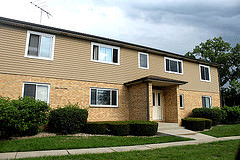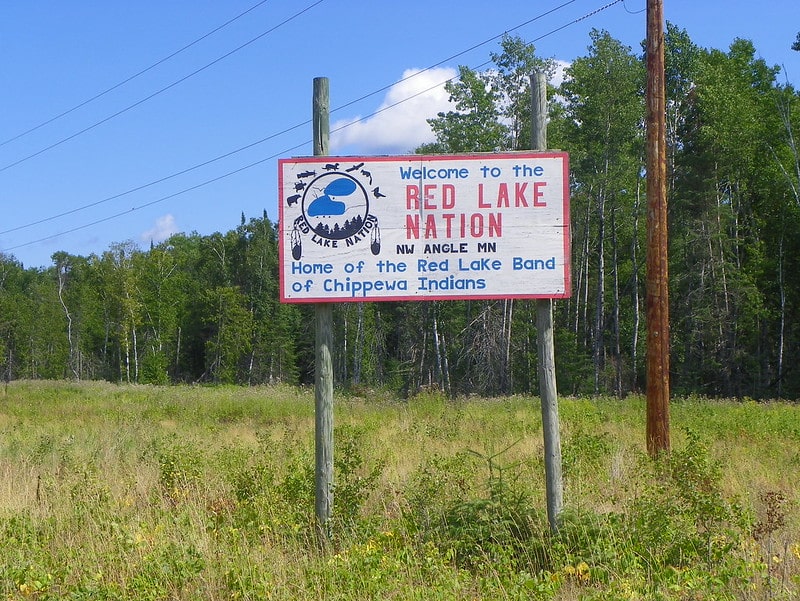
The daylong event brought together a small group of high-performing nonprofits from Detroit and across the United States to share innovative redevelopment models and brainstorm how best to apply them given the city’s unique strengths and challenges. You can read all about it on Ethan Handleman’s February 10th column on NHC’s blog.
The day was jam-packed with great content, but the session that stood out most for me was the panel on developing 1-to-4-unit buildings in heavily blighted communities. Small multifamily projects–in particular the 1-to-4-unit buildings–continue to vex community development practitioners. They are often owned by “mom and pop” landlords, are notoriously difficult to manage at scale, and may require an amount of rehab that makes them cost-prohibitive for nonprofit developers aiming to maintain affordability.
During the panel discussion, Michael Braverman of Baltimore Housing, Jack Markowski of Community Investment Corporation, Robert Rose of Chicago Community Loan Fund, and Tayani Suma of Atlanta Neighborhood Development Partnership came together to share their experiences developing these types of small, 1-to-4-unit properties. It was so helpful to hear the strategies of the leaders in the field and to consider how innovations in one city may be transferable to another.
Here are a few key takeaways that I heard:
1. Code enforcement can be an effective tool for dealing with abandoned properties. The disposition of vacant and abandoned properties to responsible owners and developers frequently involves a lengthy process through municipal courts. A simpler, faster alternative can be the use of code violations and enforcement. For example, the City of Baltimore–which struggles with a large stock of abandoned properties and significant population loss–operates the “Vacants to Value” initiative to quickly and economically promote the redevelopment of vacant and abandoned properties. Under the program, the City can file for receivership on vacant properties, effectively firing the negligent property owner and transferring ownership to a prequalified bidder prepared to rehabilitate the property. The City has also streamlined the code enforcement process as a way to force some properties to rehabilitation though administrative citations, without ever going to court. The initiative is succeeding in connecting vacant properties with scores of competent developers with local knowledge, and is one of the tools enabling the City of Baltimore to successfully dispose of vacant and abandoned properties more quickly and with greater effect than some other municipalities, according to Braverman.
2. Partnerships with small local developers and “mom and pop” landlords are critical, as they frequently understand markets on a neighborhood level, have a good sense for a community’s needs and wants, and have robust relationships with key local players. Consequently, they are uniquely positioned to provide quality, affordable housing that makes sense for individual neighborhoods. Municipalities in which a large number of units are owned by these sorts of landlords should identify ways to communicate effectively and consistently. They should also find ways to connect smaller developers to the small landlords who may benefit from their partnership. Neither small developers nor landlords have the same breadth and depth of resources as their larger counterparts and could benefit from support from the city.
3. Consider valuation in terms of projected cash flow. One of the major obstacles to developing 1-to-4-unit buildings in heavily blighted communities is a lack of profit. A developer invests significant funds to rehab a property only to discover that the new building’s market resale value is still too low to turn a profit. One recommendation for combating this problem is to value the property not based on the land and physical structure, as is traditionally done, but rather in terms of projected cash flow over time from anticipated rental income. That way revenue dictates the value of the building, rather than an appraisal.
4. Balance policy preferences for homeownership with the demand in the neighborhoods. Ultimately, neighborhoods need a mix of housing stock available to buyers and renters. Policies that overemphasize one over the other–homeownership or multi-family rental–may be missing important opportunities to effectively combat blight and disinvestment. For example, the City of Chicago wants to encourage homeownership in target neighborhoods, but has struggled to find buyers due to the combination of low property appraisals and a customer population still reeling from foreclosures. In response, the Community Investment Corporation and the Chicago Community Loan Fund are in conversations with the City to recruit good, reliable landlords to rehab and maintain 1-to-4-unit properties until the neighborhood stabilizes and buyers return. Doing so creates a flexible strategy that accounts for the importance of timing in real estate developments and avoids the more traditional, more inflexible model that forces a choice between rental and homeownership strategies.





Thank you for the article; this is something for which we need an answer. While I do believe it is necessary to partner with small “mom and pop” landlords, I also believe it imperative to pair these partnerships with an enhanced renter bill of rights. Renters provide investors cash flow; in exchange for that they should at minimum be provided with greater housing security and more predictable monthly rents. Renters generally want the rights associated with ownership; by law and custom we simply refuse to grant these rights. Locally we have had some discussion about a community land trust having a master lease to a “landlord,” who agrees to abide by certain affordability requirements, etc. I know this is how some LIHTC projects are structured, but I am not aware of it being done on a small scale. As I understand it, the renters in such a scenario have recourse against the “landlord,” as all the renters are members of the the community land trust, who is ultimately the land owner.
Supporting and encouraging smaller landlords also ensures that their customers, resident families, can support the neighborhood.
Resident families as consumers help to fuel small commercial interests and can help stabilize neighborhood business districts, which is definitely part of the revitalization landscape.
The number one cost to landlords of small scattered site housing is tenant caused damage. If you want stable housing costs, you have to also support tenant accountability.